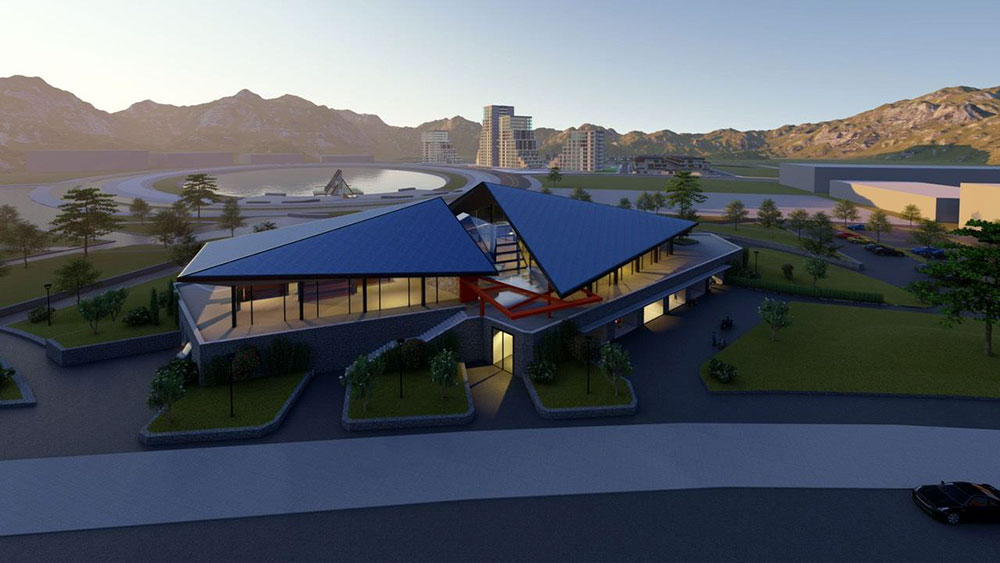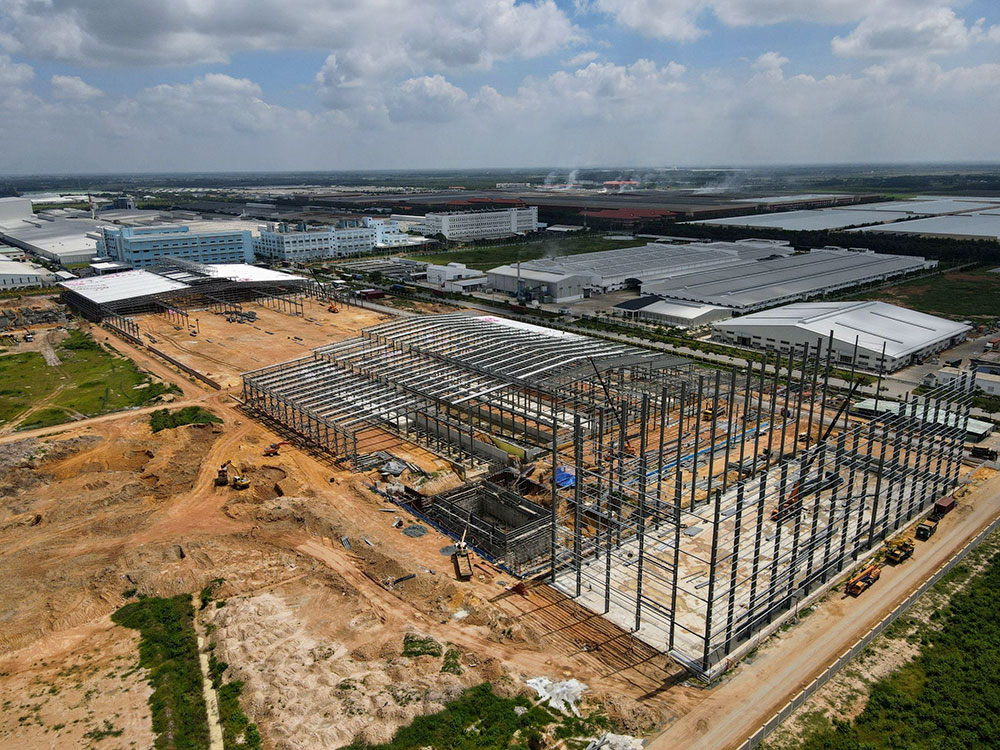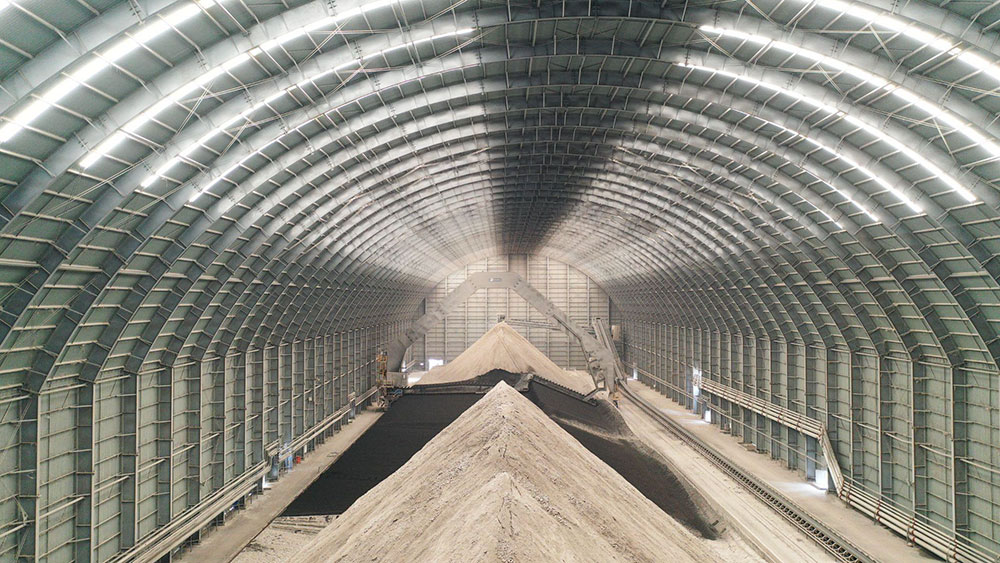Beautiful prefabricated building models with modern style in 2023

Beautiful prefabricated building models with modern style in 2023
Prefabricated buildings have emerged as a prominent trend in construction worldwide, owing to several advantages that make them increasingly prevalent. Let's explore the benefits and popular prefabricated building models in 2022 with BMB Steel in the following article.
1. What is a prefabricated building?
A prefabricated building is a structure that is manufactured and assembled at the construction site. All components, including walls, beams, doors, etc., are measured and fabricated according to detailed drawings.
For the structural integrity of prefabricated buildings, engineers often opt for steel frame structures to ensure reliability. Additionally, architects select suitable designs based on the building's structure and requirements.

2. Advantages of prefabricated buildings
2.1 Prefabricated buildings offer the flexibility to expand space as needed. Modules can be assembled to accommodate the demands of apartment owners, providing an alternative to traditional concrete construction methods.
2.2 The cost of constructing beautiful prefabricated buildings is typically lower than that of traditional structures. Generally, prefabricated buildings cost only half as much as traditional buildings. The price in 2021 remains relatively stable compared to 2020, with factors such as materials, area, location, number of floors, and quantity of apartments influencing the overall cost. Additionally, details like doors, roofing, and foundations impact implementation expenses. Prefabricated buildings also boast quick construction times, easy dismantling, sturdy structures, high durability, and reduced labor and maintenance costs.
Structures with large spans create spacious architectural environments, meeting quality standards with light steel structural systems that ensure longevity exceeding 20 years.
2.3 Prefabricated buildings are aesthetically pleasing, often featuring modern designs aligned with current trends. Advanced technology and steel frame systems contribute to their high aesthetic appeal, allowing owners to comfortably customize their interiors. Roof designs can incorporate vibrant colors or modern tile and flat shapes for a unique and impressive appearance.

3.Some beautiful prefabricated building models
3.1 Prefabricated Factory Models
Prefabricated factory models are commonly chosen by businesses, particularly those with limited budgets. Using steel materials for assembly reduces construction costs, allowing resources to be directed towards business development.

3.2 Prefabricated Warehouse Model
This model is a popular option for businesses requiring ample space to store materials and products. A light and durable steel structure, as opposed to bulky concrete columns, lessens the pressure on the foundation, thereby easing the building's support requirements. Additionally, dismantling the structure is made simpler, enhancing flexibility for future adjustments or relocations.




